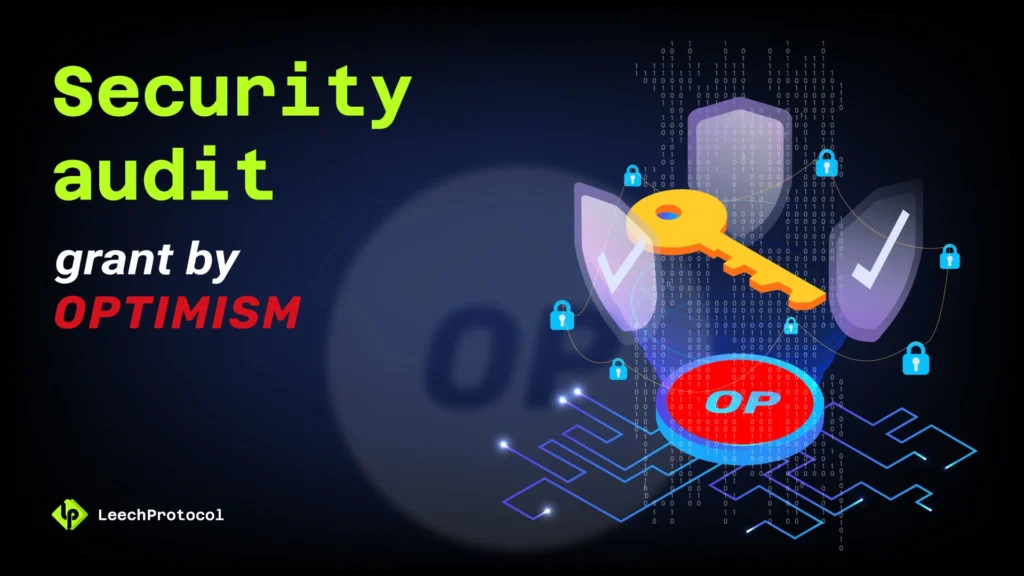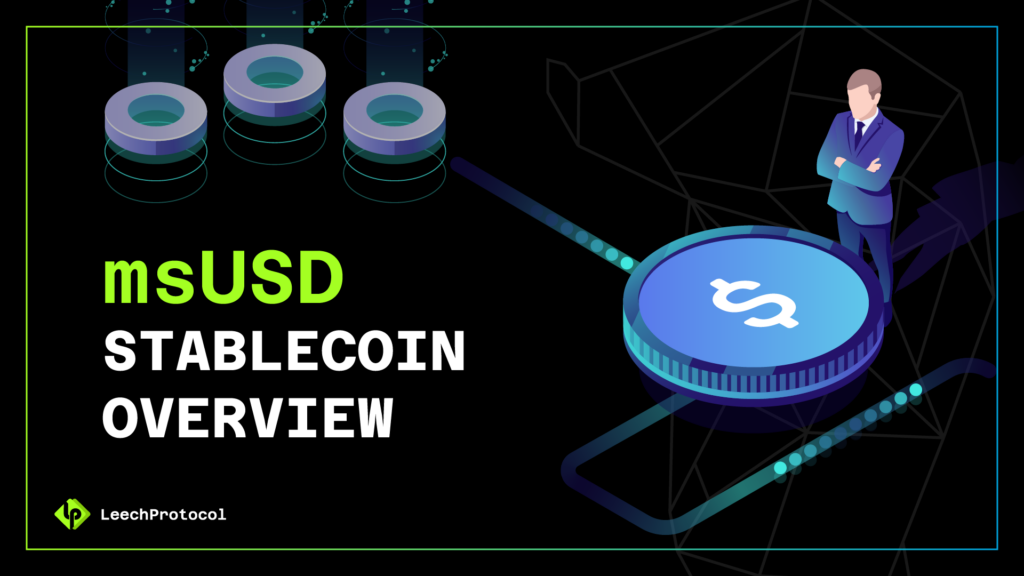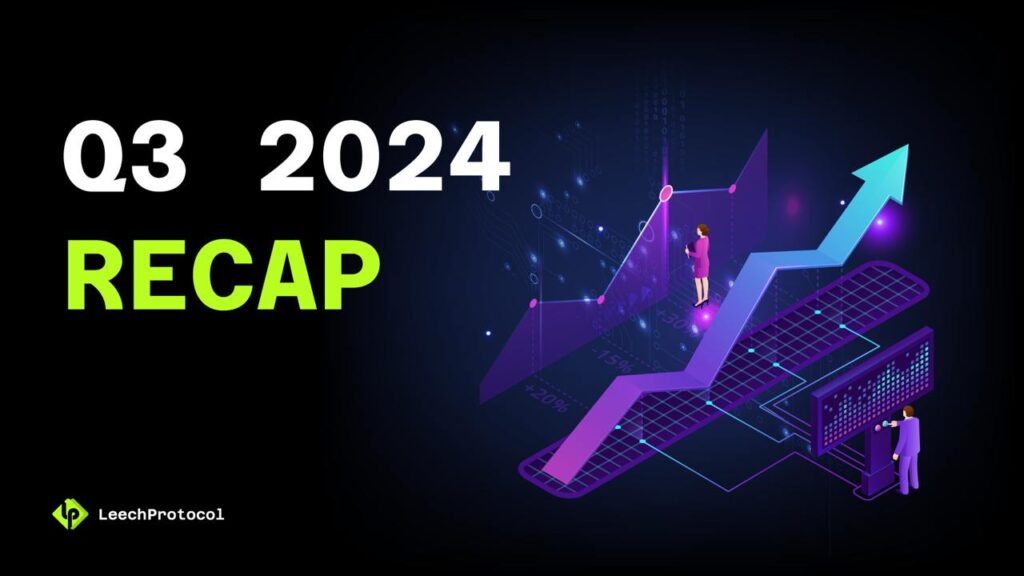The third quarter of 2024 has been an exciting period for LeechProtocol, marked by major enhancements and integrations that solidify our position as an automated yield farming aggregator. Here’s a detailed breakdown of our progress and what’s to come in Q4: Key Updates in Q3 2024: 1. UI/UX Enhancements: We’ve focused on improving the overall user experience, introducing a fully optimized mobile version available at app.leechprotocol.com to make accessing LeechProtocol on the go easier than ever. In addition, new UX elements were introduced, contributing to a smoother and more intuitive navigation. We also worked behind the scenes to boost performance across the platform, ensuring a faster and more responsive user experience. 2. New APR Calculation Model: We’ve revamped our APR calculation, now basing it on the historical performance of pools. This provides users with more accurate yield projections, helping them make better-informed decisions when choosing which pools to invest in. 3. Integration with Velodrome v3: LeechProtocol now supports Velodrome v3, a powerful Concentrated Liquidity AMM. This integration enables more capital-efficient liquidity farming, providing our users access to high-yield opportunities with greater flexibility and precision in liquidity management. 4. Bug Fixes & Code Refactoring: Our development team worked extensively to fix bugs and refactor key parts of the codebase, improving overall stability and scalability. These updates enhance the protocol’s robustness, ensuring a more reliable experience for all users. Looking Ahead: Q4 2024 Plans We’re keeping the momentum going into Q4 with some exciting developments: • New Swap Router with KyberSwap Integration: We’re developing a new swap router that will be integrated with KyberSwap, giving our users lower commissions while withdrawing and depositing liquidity. • Integration with Base Blockchain: In Q4, we plan to expand LeechProtocol’s ecosystem further by integrating with Base blockchain to allow more Yield Farm use cases for our users • Integration with DEX Aerodrome: In Q4, we plan to expand LeechProtocol’s ecosystem further by integrating Aerodrome Dex on Base blockchain, unlocking additional yield farming opportunities and enhancing cross-chain compatibility. Thank you for being part of the LeechProtocol journey. Let’s make Q4 even bigger!



